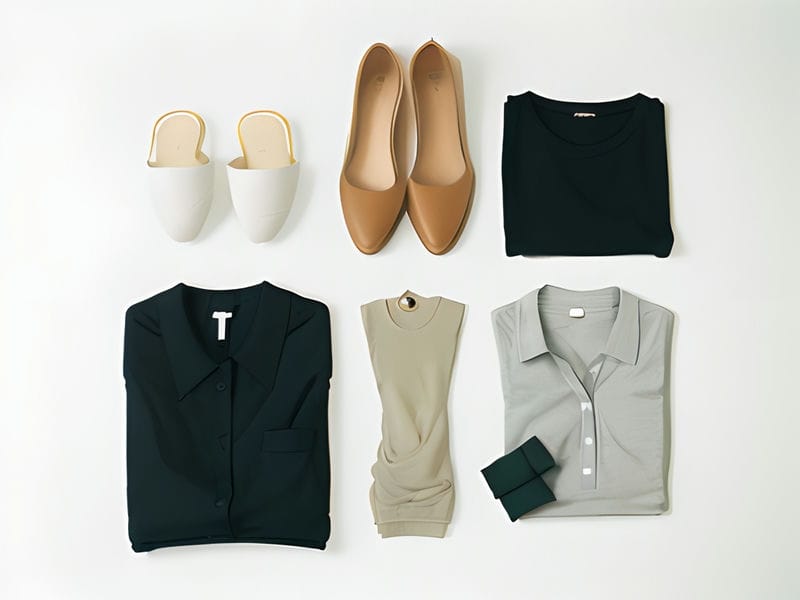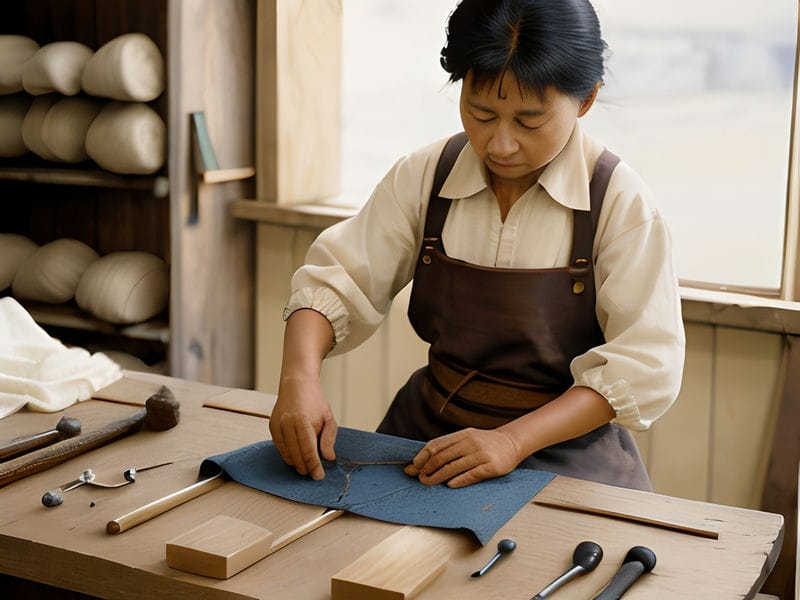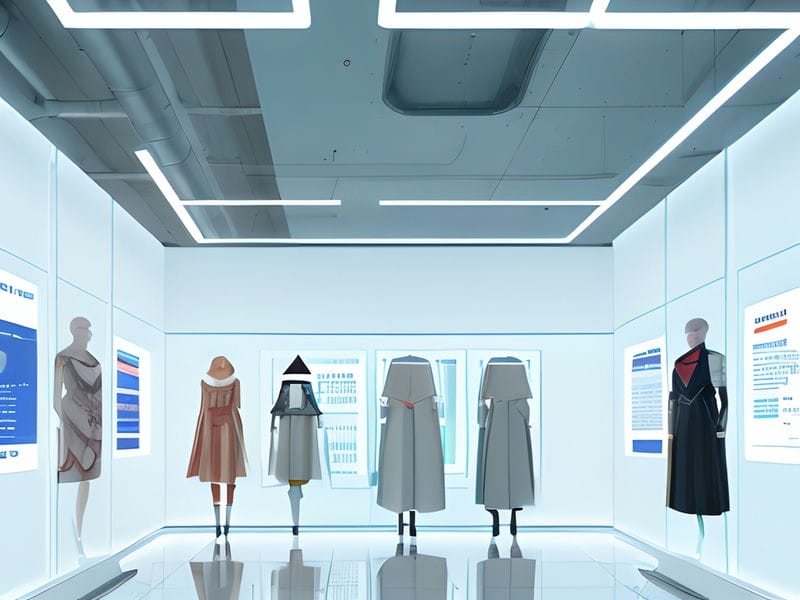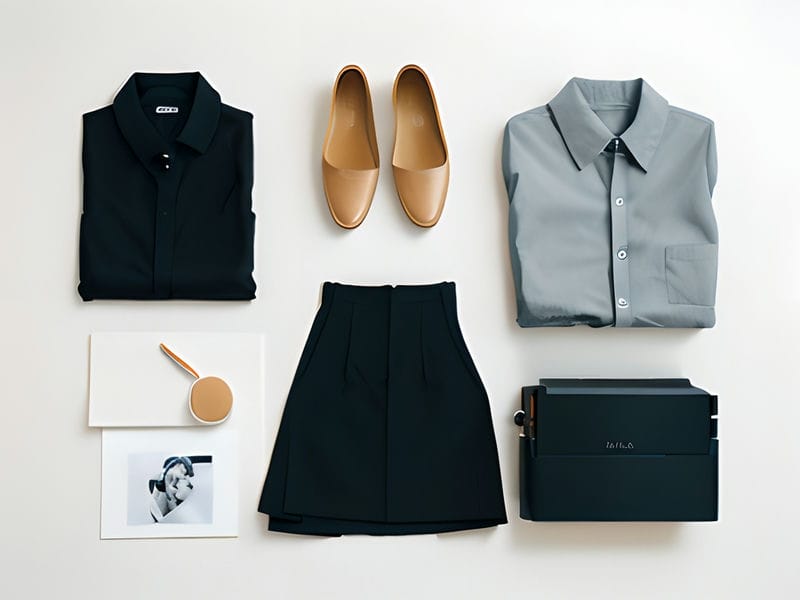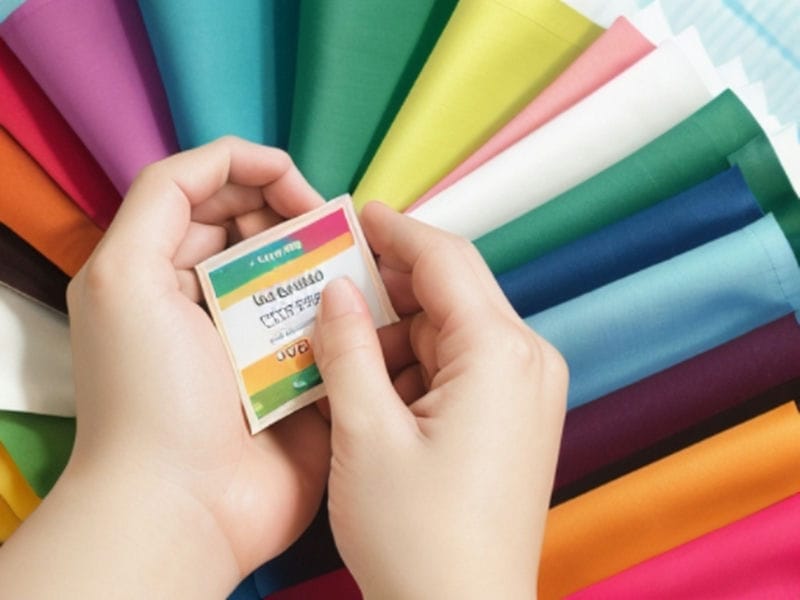
Overview of different ways fashion brands can support social causes
The Importance of Gender Equality in Fashion
Gender roles in the fashion industry have evolved significantly over time, reflecting broader societal changes in attitudes towards gender equality. The historical context of gender roles in fashion can be traced back to traditional gender norms that dictated what was considered appropriate attire for men and women.
In the past, women were often expected to wear restrictive and impractical clothing that emphasized their femininity and delicate nature. DIY fashion promotes creativity and sustainability How to Support Brands with Positive Social Impact DIY Fashion. Sustainable brands prioritize transparency Chic Sustainable Wardrobe Repair and Mend. On the other hand, men were expected to dress in a more functional and utilitarian manner that reflected their role as providers and protectors. These rigid gender stereotypes were deeply ingrained in society, shaping the way people viewed themselves and each other.
However, as movements for gender equality gained traction throughout the 20th century, attitudes towards fashion began to shift. Women started to challenge traditional notions of femininity by wearing more comfortable and practical clothing that allowed them greater freedom of movement. At the same time, men began to experiment with different styles and silhouettes that challenged conventional ideas of masculinity.
Today, the fashion industry plays a crucial role in promoting gender equality by breaking down outdated stereotypes and embracing diversity in all its forms. Designers are increasingly creating collections that blur the lines between masculine and feminine aesthetics, offering consumers a wider range of options to express themselves regardless of their gender identity.
The importance of gender equality in fashion cannot be overstated. By challenging traditional notions of masculinity and femininity, the fashion industry has the power to shape how we perceive ourselves and others. When we break free from limiting gender stereotypes, we create a more inclusive society where everyone is free to express themselves authentically.
In conclusion, understanding the historical context and evolution of gender roles in the fashion industry is essential for recognizing the importance of gender equality in this field. As we continue to push boundaries and embrace diversity, we move closer towards a future where everyone can feel empowered to express themselves without fear of judgment or discrimination based on their gender identity.

